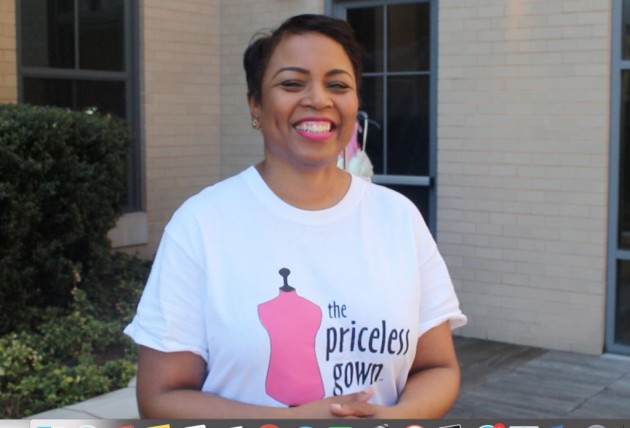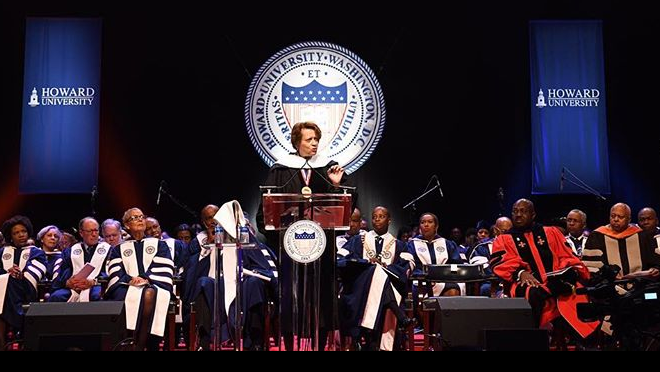The Smithsonian National Museum of American History celebrates Lincoln’s Life
Children swarmed around Abraham Lincoln’s worn top hat, a familiar but haunting artifact that has made the 16th president of the United States immortal. Left at Fords Theater the day of the assassination, the hat is probably Lincoln’s most distinguishing feature, and the most sought out remnant of his life by visitors to the museum.
“I thought it would be bigger, taller,” Denva Jackson said, an English instructor from Boston. “It’s surreal that this is the real hat that we’ve all come to know.”
With the six foot four inch president’s past more like a fable than real life, the Smithsonian National Museum of American History celebrates his bicentennial with a riveting and eye opening exhibit titled “Abraham Lincoln: An Extraordinary Life,” which runs until Jan. 2011.
“As we were putting this exhibit together we realized what an exceptional collection of artifacts we had,” Harry Rubenstein, the curator for the exhibit, said. “Along with the major parts you get a more personal look at Lincoln.”
Rubenstein is referring to items such as the inkwell Lincoln used to sign the Emancipation Proclamation, the original suit that Lincoln wore while in office, and various photos of Lincoln during his lifetime; photographs that mercilessly display the painful toll of his terms.
“Lincoln had it hard. On one side people loved him because he was a backwoods frontier boy like them but the south hated him for obvious reasons,” Tamisha Jackson said, a senior at Bowie State University.
“Look at the first picture,” Jackson said. “He looks young and hopeful. In the last picture he is so worn. And there wasn’t even a ten year difference between the two.”
Other popular artifacts include casts of Lincoln’s hands, created by Leonard Volk in 1860 immediately after the Republican candidate was nominated for the presidency. His right hand was still swollen from shaking supporter’s hands, making the already large hand even bigger. Visitors are able to put their hands next to the casts to compare their hand size to Lincoln’s.
However, despite the interactive sections of the exhibition, it casts a poignant and haunting light on his presidency. Items like a wooden draft wheel used during the Civil War and photos of dead bodies on the battlefield of Gettysburg and Antietam paint a realistic picture of what Lincoln had to deal with as president.
“I liked seeing the physical things,” said Phyllis Oscar, a native of San Francisco. “I wish there was more on the Civil War.”
Oscar, 43, was surprised to find out that in the beginning of Lincoln’s term he did not aim to turn states in the Union into non-slave states.
“I feel that he could only do so much within the confines of the constitution,” Tatiana Tilley, 41, said.
A friend of Oscar, Tilley enjoyed the exhibition because it got conversations started and revealed new information that is relatively unknown to the general public.
“In any case, hopefully this makes this mythical figure real,” Rubenstein said about his exhibit.
For a video tour through the exhibition, visit the National Museum of American History website.





